-

统计学习方法(第2版)
统计学习方法即机器学习方法,是计算机及其应用领域的一门重要学科。本书分为监督学 习和无监督学习两篇,全面系统地介绍了统计学习的主要方法。包括感知机、k 近邻法、朴素贝叶斯法、决策树、逻辑斯谛回归与最大熵模型、支持向量机、提升方法、EM 算法、隐马尔可夫模型和条件随机场,以及聚类方法、奇异值分解、主成分分析、潜在语义分析、概率潜在语义分析、马尔可夫链蒙特卡罗法、潜在狄利克雷分配和 PageRank 算法等。除有关统计学习、监督学习和无监督学习的概论和总结的四章外,每章介绍一种方法。叙述力求从具体问题或实例入手, 由浅入深,阐明思路,给出必要的数学推导,便于读者掌握统计学习方法的实质,学会运用。 为满足读者进一步学习的需要,书中还介绍了一些相关研究,给出了少量习题,列出了主要参考文献。 本书是统计机器学习及相关课程的教学参考书,适用于高等院校文本数据挖掘、信息检索及自然语言处理等专业的大学生、研究生,也可供从事计算机应用相关专业的研发人员参考。
-
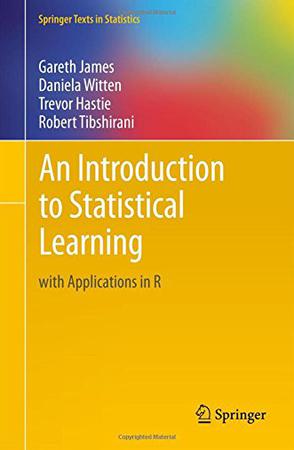
An Introduction to Statistical Learning
An Introduction to Statistical Learning provides an accessible overview of the field of statistical learning, an essential toolset for making sense of the vast and complex data sets that have emerged in fields ranging from biology to finance to marketing to astrophysics in the past twenty years. This book presents some of the most important modeling and prediction techniques, along with relevant applications. Topics include linear regression, classification, resampling methods, shrinkage approaches, tree-based methods, support vector machines, clustering, and more. Color graphics and real-world examples are used to illustrate the methods presented. Since the goal of this textbook is to facilitate the use of these statistical learning techniques by practitioners in science, industry, and other fields, each chapter contains a tutorial on implementing the analyses and methods presented in R, an extremely popular open source statistical software platform. Two of the authors co-wrote The Elements of Statistical Learning (Hastie, Tibshirani and Friedman, 2nd edition 2009), a popular reference book for statistics and machine learning researchers. An Introduction to Statistical Learning covers many of the same topics, but at a level accessible to a much broader audience. This book is targeted at statisticians and non-statisticians alike who wish to use cutting-edge statistical learning techniques to analyze their data. The text assumes only a previous course in linear regression and no knowledge of matrix algebra. -
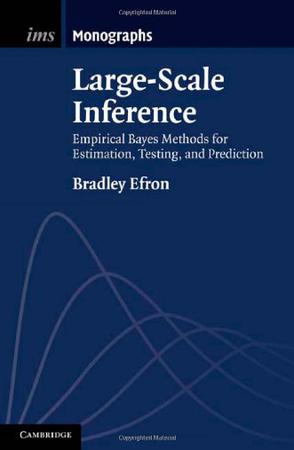
Large-Scale Inference
We live in a new age for statistical inference, where modern scientific technology such as microarrays and fMRI machines routinely produce thousands and sometimes millions of parallel data sets, each with its own estimation or testing problem. Doing thousands of problems at once is more than repeated application of classical methods. Taking an empirical Bayes approach, Bradley Efron, inventor of the bootstrap, shows how information accrues across problems in a way that combines Bayesian and frequentist ideas. Estimation, testing and prediction blend in this framework, producing opportunities for new methodologies of increased power. New difficulties also arise, easily leading to flawed inferences. This book takes a careful look at both the promise and pitfalls of large-scale statistical inference, with particular attention to false discovery rates, the most successful of the new statistical techniques. Emphasis is on the inferential ideas underlying technical developments, illustrated using a large number of real examples. -
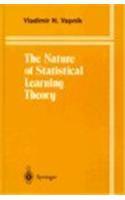
The Nature of Statistical Learning Theory
-
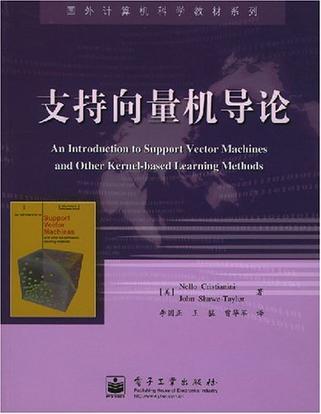
支持向量机导论
支持向量机(SVM)是在统计学习理论的基础上发展起来的新一代学习算法,它在文本分类、手写识别、图像分类、生物信息学等领域中获行较好的应用。本书是第一本综合介绍支持向量机(SVM)的书籍,它从机器学习算法的基本问题开始,循序渐进地介绍相关的背景知识,包括线性分类器、核函数特征空间、推广性理论和优化理论,在此基础上很自然地引出了支持向量机的算法。本书末尾还详细讨论了一系列支持向量机的重要应用及其实现的技巧。本书的叙述清晰严谨,自包含性强,提供的大量相关文献引用以及网站链接可作为进一步学习的理想起始点。本书可作为计算机、自动化、机电工程、应用数学等专业的研究生教材,也可作为神经网络、机器学习、数据挖掘、人工智能等课程的参考教材,同时还是相关领域的教师和研究人员的参考书。 -
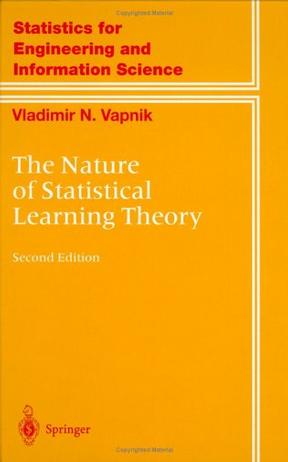
The Nature of Statistical Learning Theory
The aim of this book is to discuss the fundamental ideas which lie behind the statistical theory of learning and generalization. It considers learning as a general problem of function estimation based on empirical data. Omitting proofs and technical details, the author concentrates on discussing the main results of learning theory and their connections to fundamental problems in statistics. This second edition contains three new chapters devoted to further development of the learning theory and SVM techniques. Written in a readable and concise style, the book is intended for statisticians, mathematicians, physicists, and computer scientists.